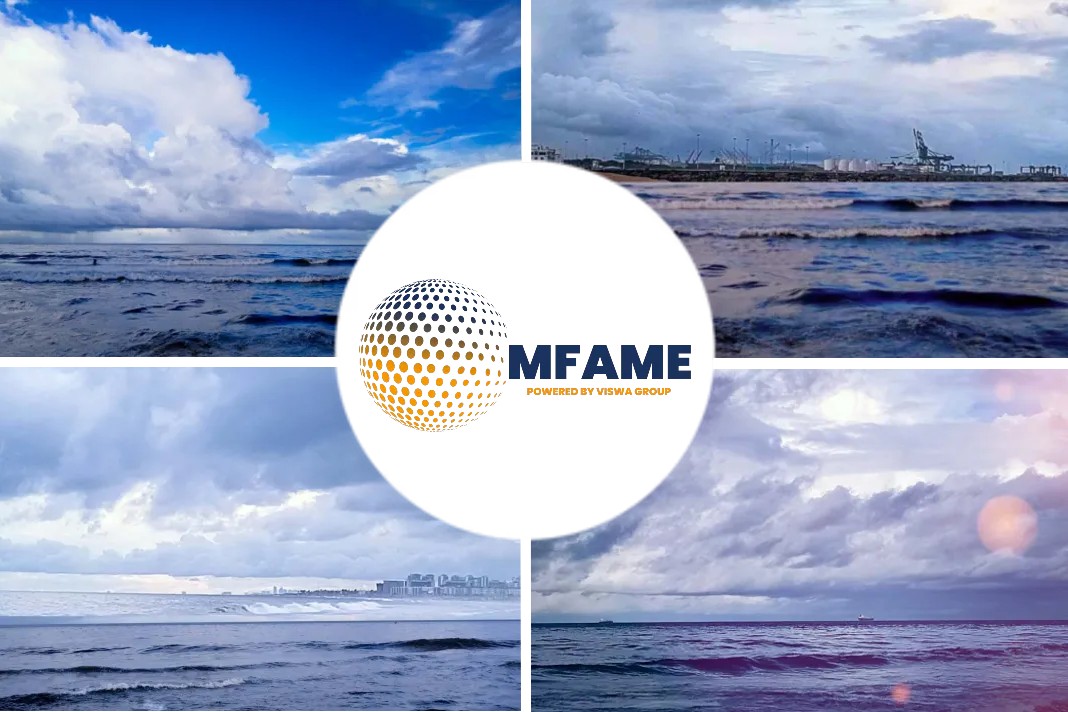- Global neon consumption for chip production reached about 540 metric tons last year, Techcet estimates.
- Both firms have shuttered their operations as Russian troops have escalated their attacks on cities throughout Ukraine, killing civilians and destroying key infrastructure.
- While estimates vary widely about the amount of neon stocks chipmakers keep on hand, production could take a hit if the conflict drags on, according to Angelo Zino, an analyst at CFRA.
Ukraine’s two largest neon suppliers, which manufacture over half of the world’s supply of the critical ingredient for chip manufacturing, have ceased operations as reported by CNN.
Price boost
As Moscow intensifies its pressure on the country, threatens to boost prices and exacerbate the semiconductor shortage.
Some 45%-54% of the world’s semiconductor grade neon, critical for the lasers used to make chips, comes from two Ukrainian companies, Ingas and Cryoin, according to Reuters calculations based on figures from the companies and market research firm Techcet.
Global neon consumption for chip production reached about 540 metric tons last year, Techcet estimates.
Both firms have shuttered their operations, according to company representatives contacted by Reuters, as Russian troops have escalated their attacks on cities throughout Ukraine, killing civilians and destroying key infrastructure.
The stoppage casts a cloud over the worldwide output of chips, already in short supply after the coronavirus pandemic drove up demand for cell phones, laptops and later cars, forcing some firms to scale back production.
While estimates vary widely about the amount of neon stocks chipmakers keep on hand, production could take a hit if the conflict drags on, according to Angelo Zino, an analyst at CFRA.
Company under siege
“If stockpiles are depleted by April and chipmakers don’t have orders locked up in other regions of the world, it likely means further constraints for the broader supply chain and inability to manufacture the end-product for many key customers,” he said.
Before the invasion, Ingas produced 15,000 to 20,000 cubic meters of neon per month for customers in Taiwan, Korea, China, the United States and Germany, with about 75% going to the chip industry, Nikolay Avdzhy, the company’s chief commercial officer, said in an email to Reuters.
The company is based in Mariupol, which has been under siege by Russian forces.
On Wednesday, Russian forces destroyed a maternity hospital there, in what Kyiv and Western allies called a war crime.
Moscow said the hospital was no longer functioning and had been occupied by Ukrainian fighters.
Company finances
“Civilians are suffering,” Avdzhy said by email last Friday, noting that the company’s marketing officer could not respond because he had no internet or phone access.
Cryoin, which produced roughly 10,000 to 15,000 cubic meters of neon per month, and is located in Odessa, halted operations on Feb. 24 when the attacks began to keep employees safe, according to business development director Larissa Bondarenko.
She said the company could weather at least three months with the plant closed but warned that if the equipment were damaged, that would prove a bigger drag on company finances and make it harder to restart operations quickly.
She also said she was unsure the company could access additional raw materials for making neon.
Taiwan’s central bank made similar comments earlier on Friday.
Prices riding steadily
Ukrainian neon is a byproduct of Russian steel manufacturing.
The gas, which is also used in laser eye surgery, is produced in China as well, but Chinese prices are rising steadily.
Bondarenko says prices, already under pressure after the pandemic, had climbed by up to 500% from December.
Neon prices rose 600% in the run-up to Russia’s 2014 annexation of the Crimean peninsula from Ukraine, according to the U.S. International Trade Commission.
Companies elsewhere could initiate neon production but it would take nine months to two years to ramp up, according to Richard Barnett, chief marketing officer of Supplyframe, which provides market intelligence to companies across the global electronics sectors.
Did you subscribe to our newsletter?
It’s free! Click here to subscribe!
Source: CNN























